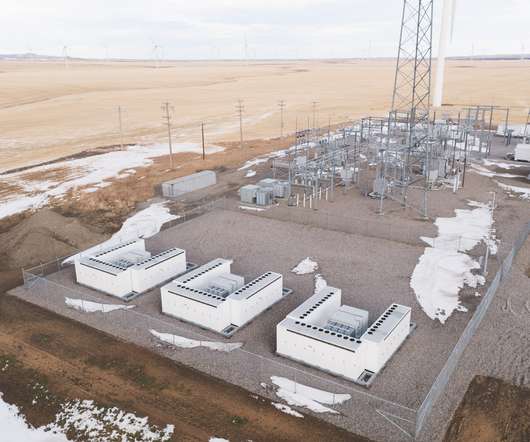Tesla Megapacks support 31 MWh substation expansion in Watertown, NY
Teslarati
SEPTEMBER 19, 2022
Tesla Megapacks are being tasked with supporting a 31-megawatt-hour expansion of the Coffeen substation in Watertown, New York, in conjunction with Nexamp and National Grid, who are battling increased energy demand at the substation. The project’s components will give National Grid the ability to utilize up to 5.7












Let's personalize your content